Okay, I’ve had the Ricoh GR III since launch, so, almost a full year now. I’m hoping to have my full Ricoh GR III review posted in a few days. But this new “highlight weighted” metering feature is something I only discovered recently.
UPDATE: The full Ricoh GR III review is now published: Long term, real world review of the Ricoh GR 3
I mean, I saw it when I first got the camera, but I didn’t really think I’d have much use for it. Basically, what it does is it makes the GR3 expose for the highlights.
Meaning, it will prevent blown highlights at all costs, no matter how dark the shadows get.
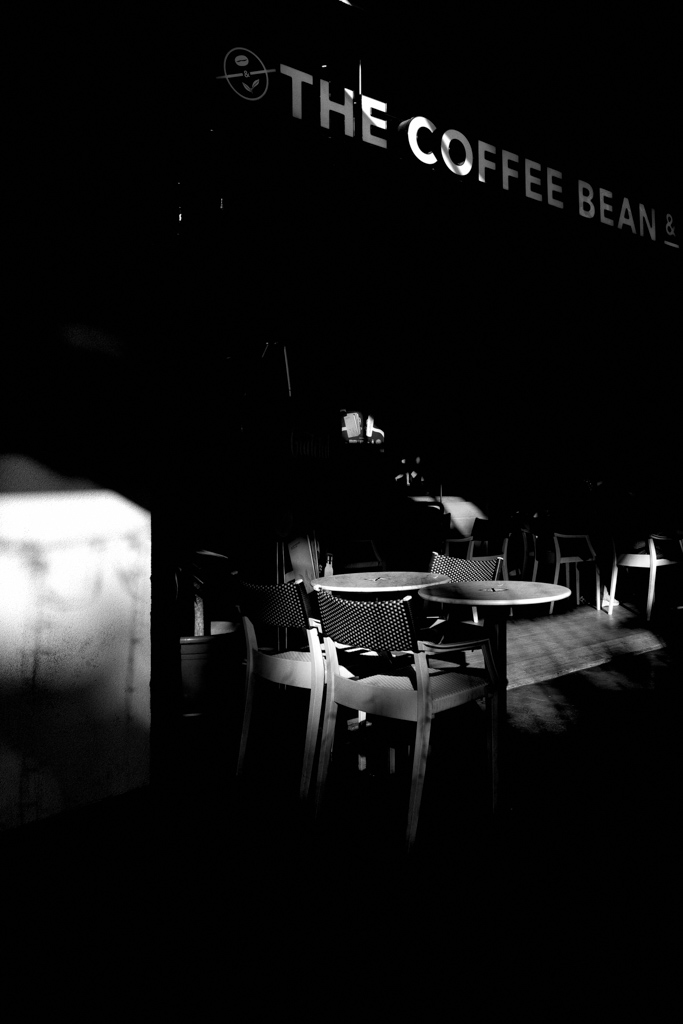
It’s not a common feature in most cameras yet, I believe some of the higher-end Nikon bricks DSLRS have it too (e.g. D750, D800 series, D5 etc..)
So I thought, ok, cool, maybe I’d use it once or twice, if I really wanted to protect the highlights. Or so I thought.
Well I’ve been experimenting with it recently, and when used with Ricoh’s superb high contrast black and white mode, it is just capable of some really fantastic out of camera results, if the light is right.
It’s sort of like ETTR. A lot of photographers will probably use it so dynamic range can be maximized (after post-processing) in high contrast scenes. But instead, I like pairing it with the in-camera high contrast black and white mode and just completely crushing the shadows. I’m not looking for maximum dynamic range, I’m looking for mood.
Sure, it’s something you can achieve with spot metering, or some exposure compensation. But what highlight weighted metering does is that it makes it easy. Especially with the loss of the -/+ exposure compensation shoulder buttons on the Ricoh GR3, having this as a dedicated metering mode is just way easier. You see the scene, you shoot. No other button presses or dials to move just to adjust exposure compensation.
I don’t know about you, but anytime I can more easily get straight-out-of-camera (SOOC) images that I am happy with, the more inspired I get to shoot.
All images in this post are SOOC JPEGs shot on the Ricoh GR III with highlight weighted metering and the in-camera high contrast black and white mode.
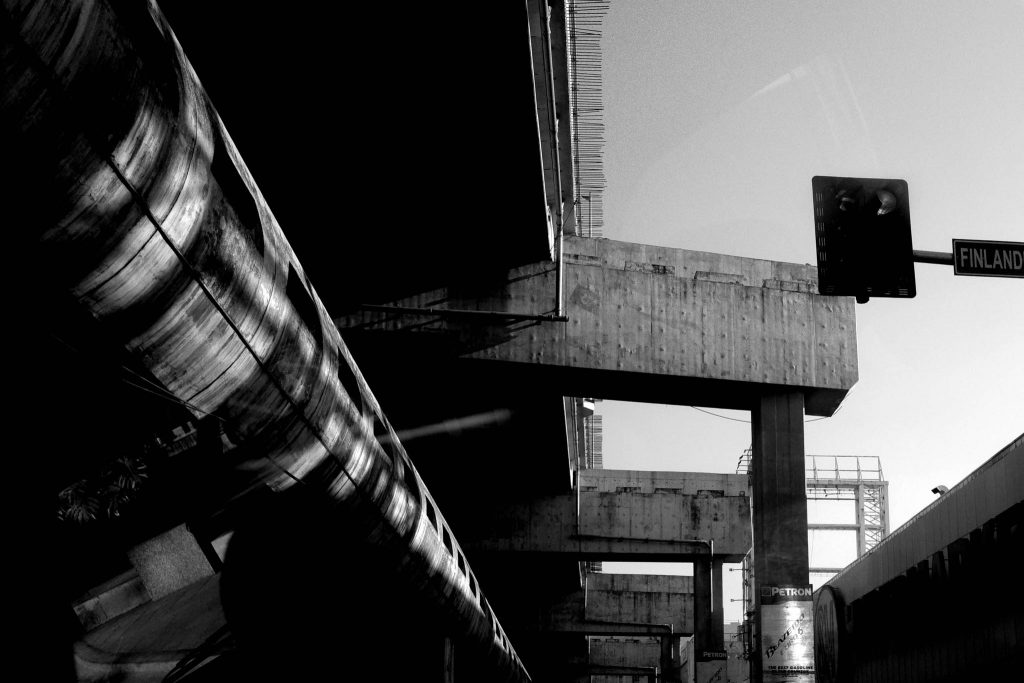
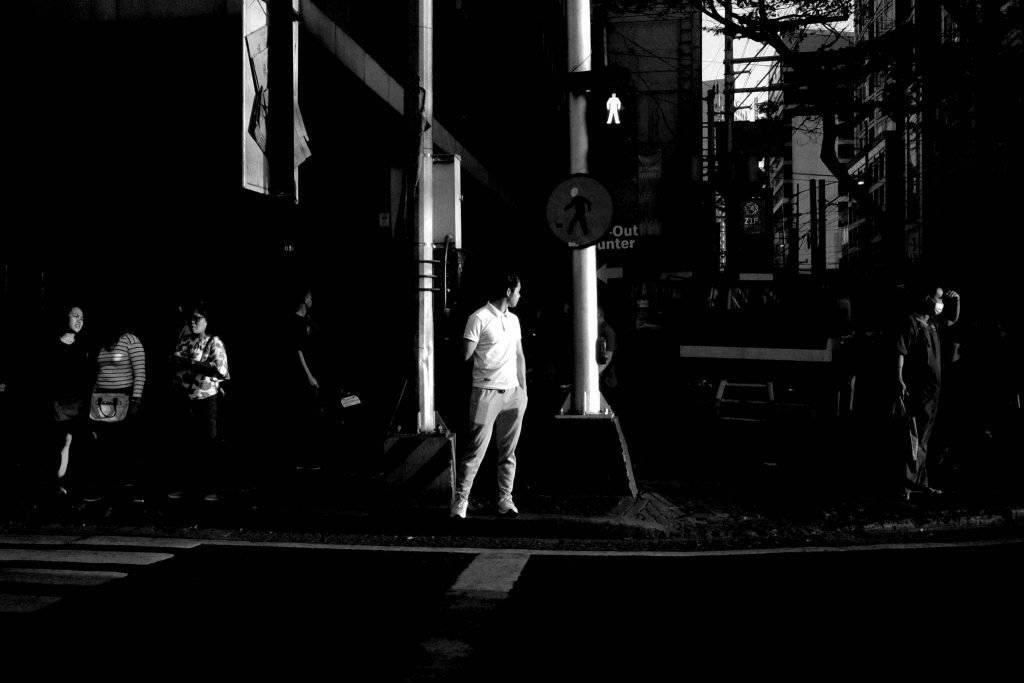
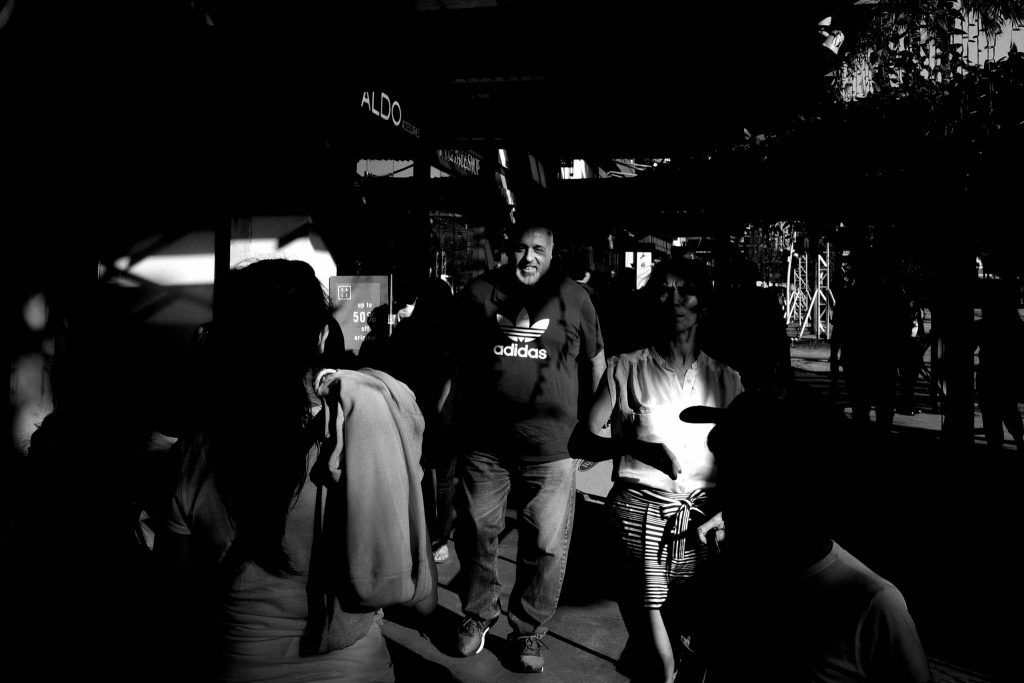
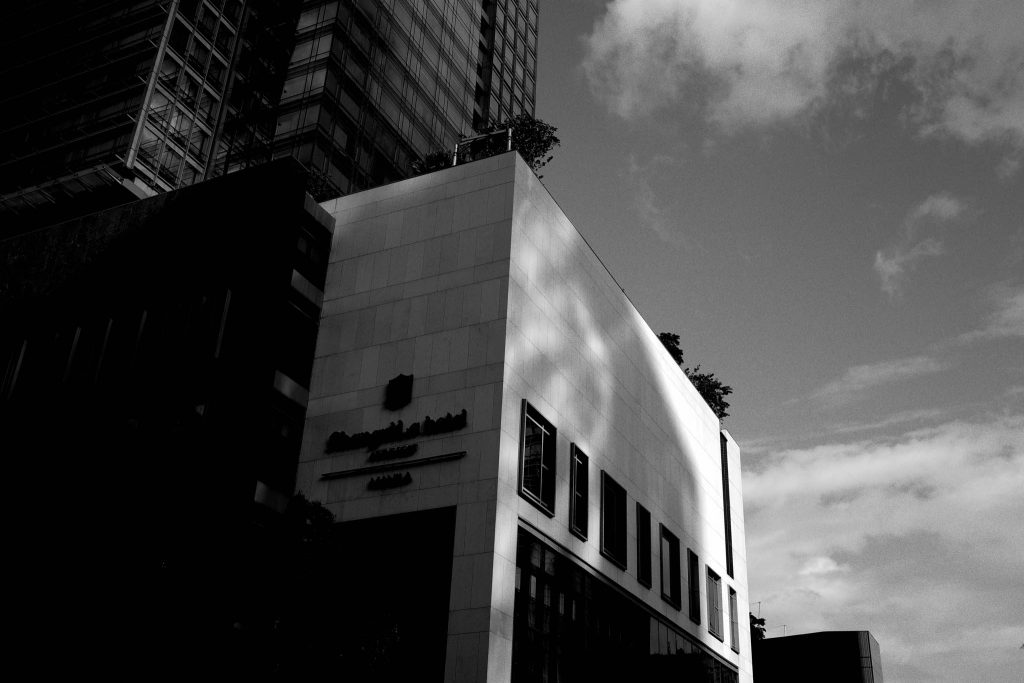
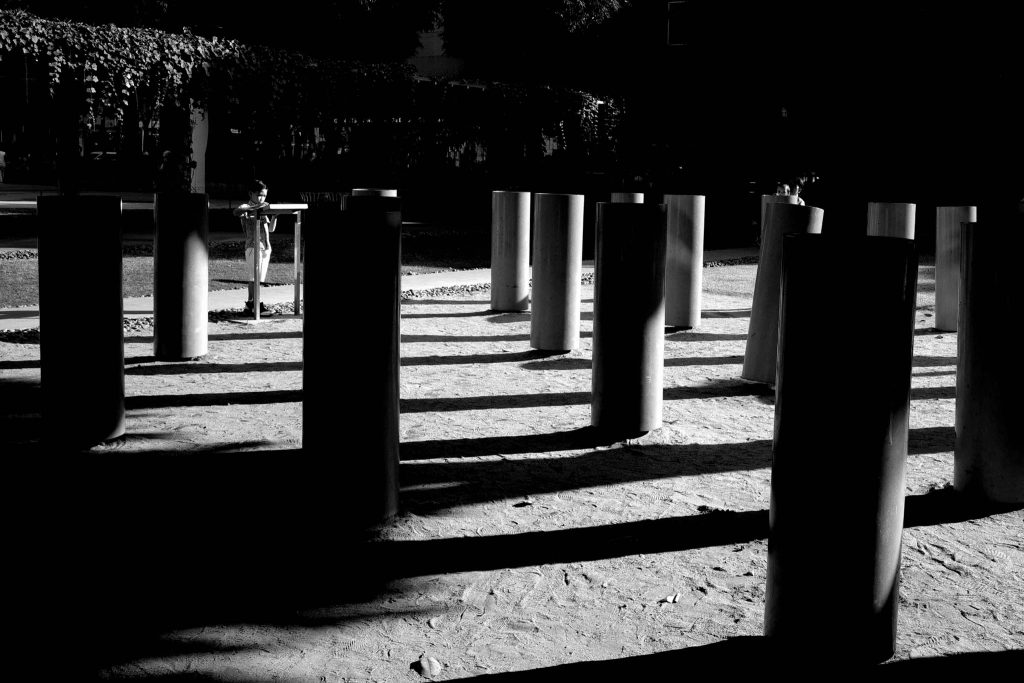
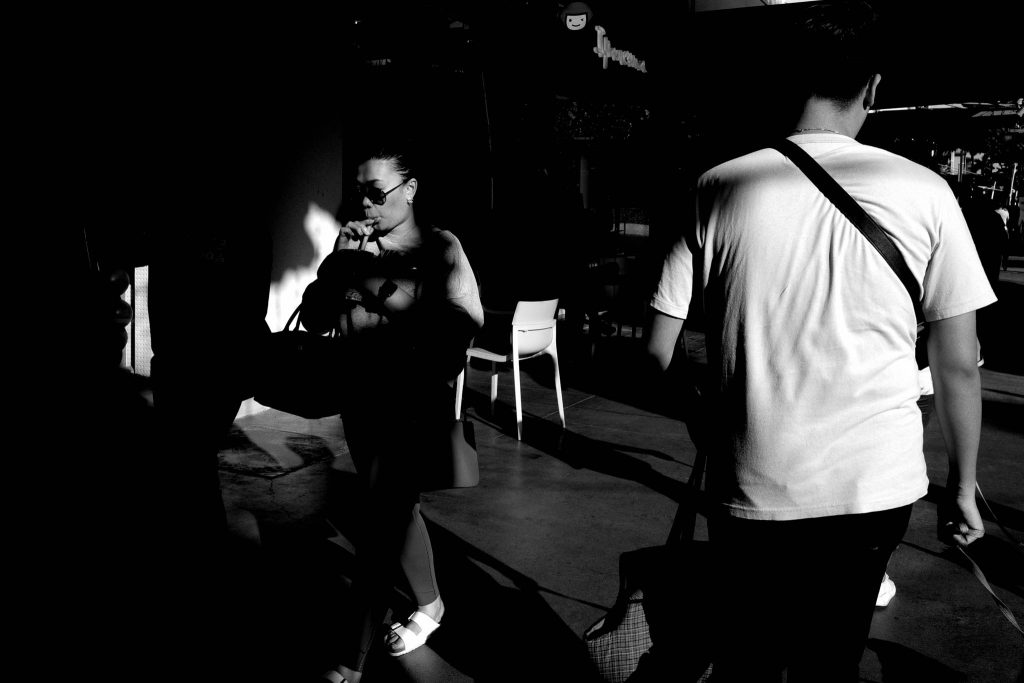
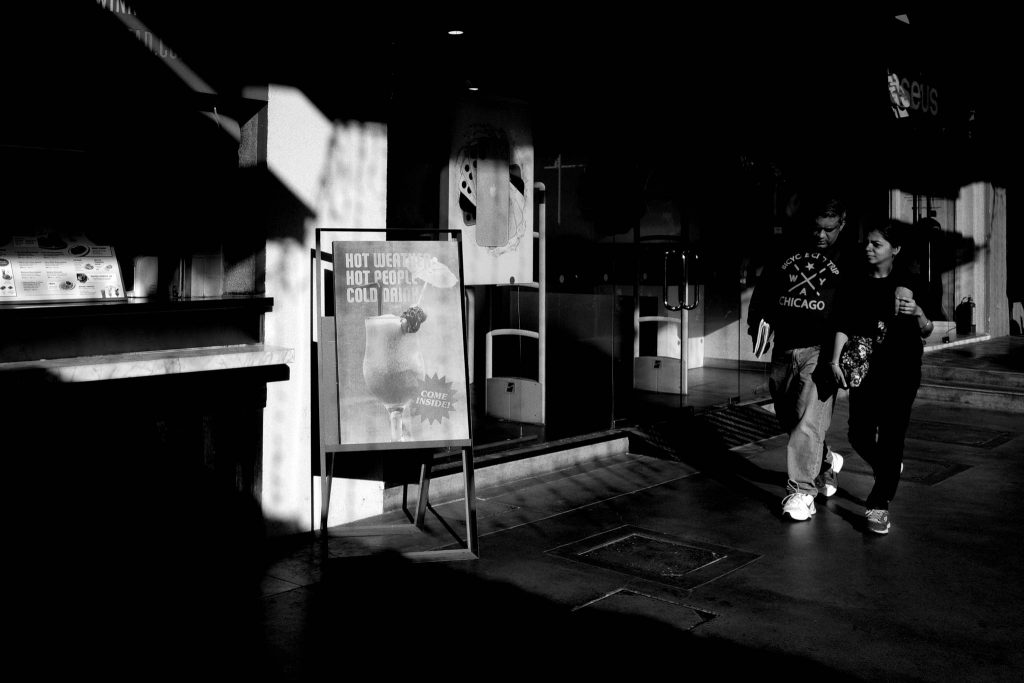
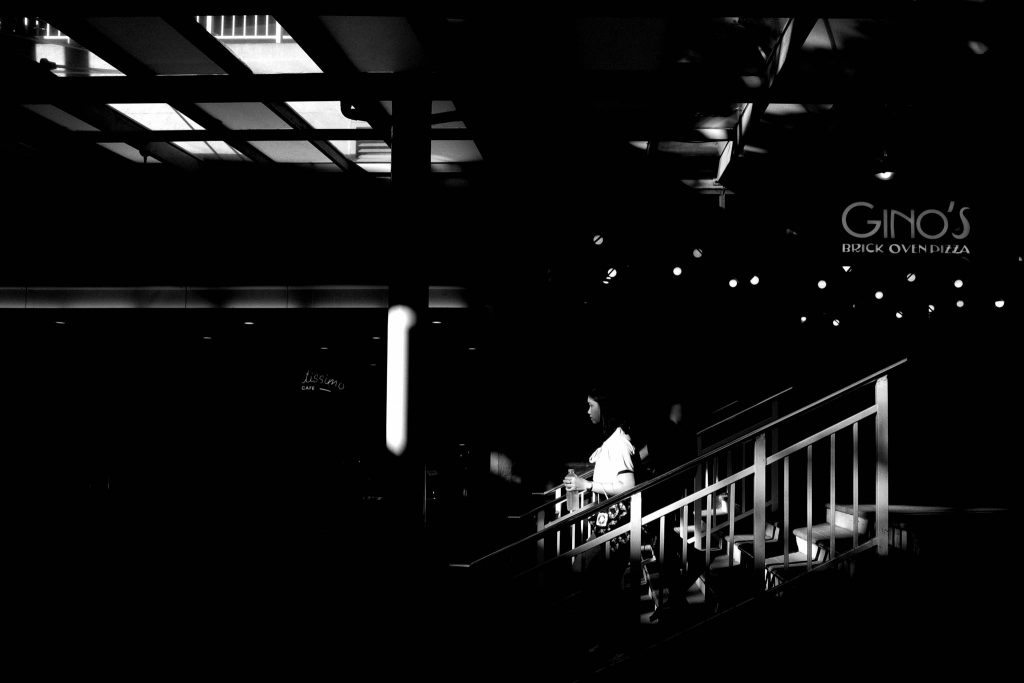
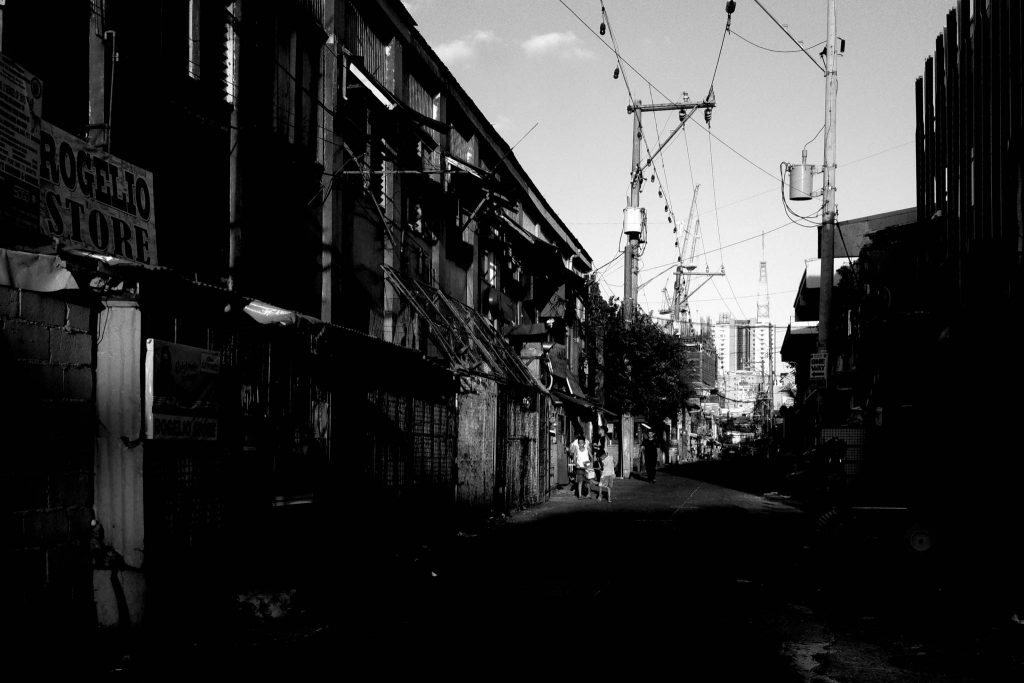
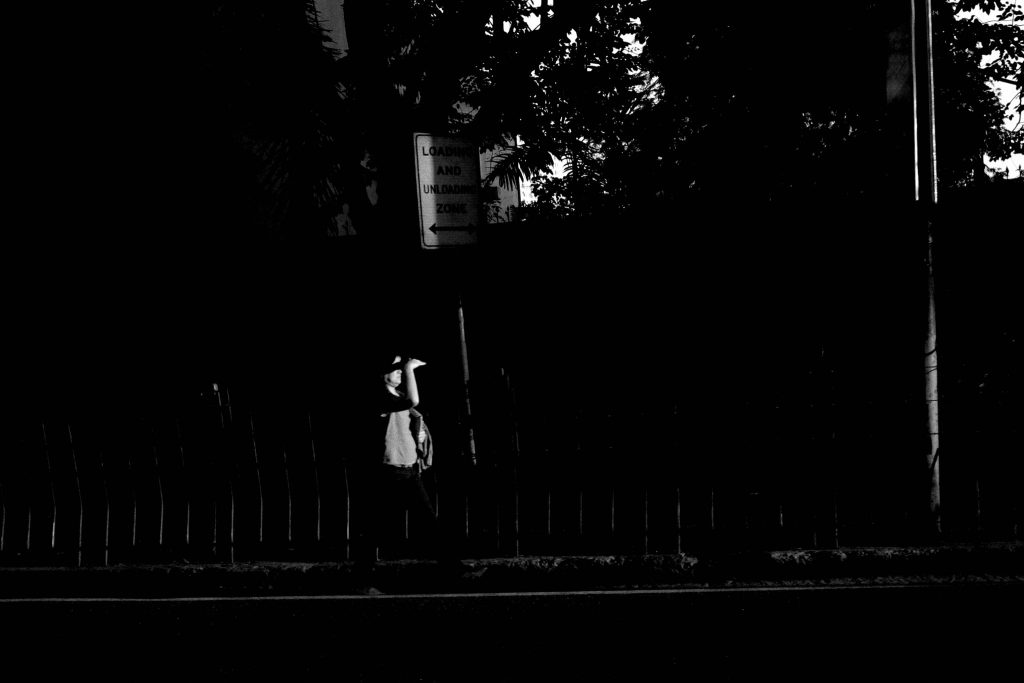
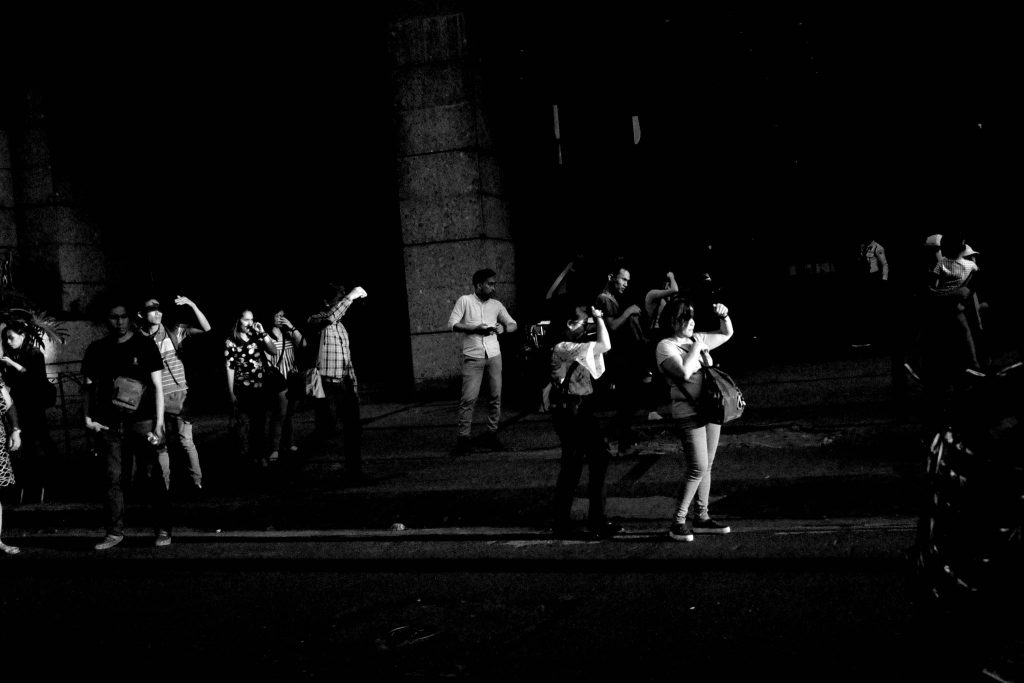
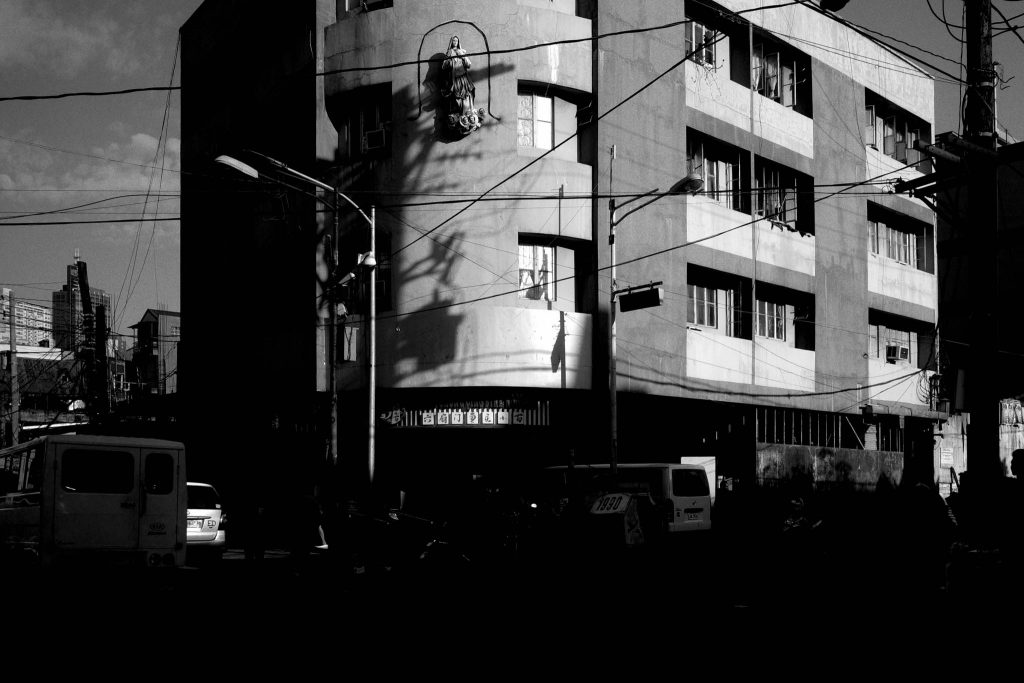
I appreciate the information you have given on the Rico GR111. However as an outdated Analog fotografer I wonder if the Rico is the best for me given.given my lack of experience with digital despite considering my self a sort of street photographer.
This camera is exceptional and real easy to set up so that you get amazing pics that won’t be needing any post-processing.
Small & extremely light, pocketable
Very sharp lens & image stabilisation.
ISO is excellent…. You can shoot to 25.600 or 51.000 why wonderful natural grain.
Hey there, I just wanted to let you know that it’s because of this post that I bought a Ricoh griii this past week. It’s my first digital camera, coming from shooting film and I was looking for this exact look in b&w. Took it for a spin yesterday and was astounded at the quality it gives out SOOC. So at any rate, thank you for the inspiration! Here’s one image I was happy with right out of the camera on my first go of it.
https://vs.co/TdyrQHTnfbb
This camera is exceptional and real easy to set up so that you get amazing pics that won’t be needing any post-processing.
Small & extremely light, pocketable
Very sharp lens & image stabilisation.
ISO is excellent…. You can shoot to 25.600 or 51.000 with wonderful natural grain.
Hi,
I was exploring the use of highlight weighted metering with hi-contrast b&w. I find the lcd often showing a very dark screen, hence I had to increase the exposure compensation in order to see the image more clearly. Is that common or am I missing something?
Have you adjusted the high contrast setting? On my GRII I find it to contrast for my tastes so have disputed contrast back-2. Love the results from that setting!!